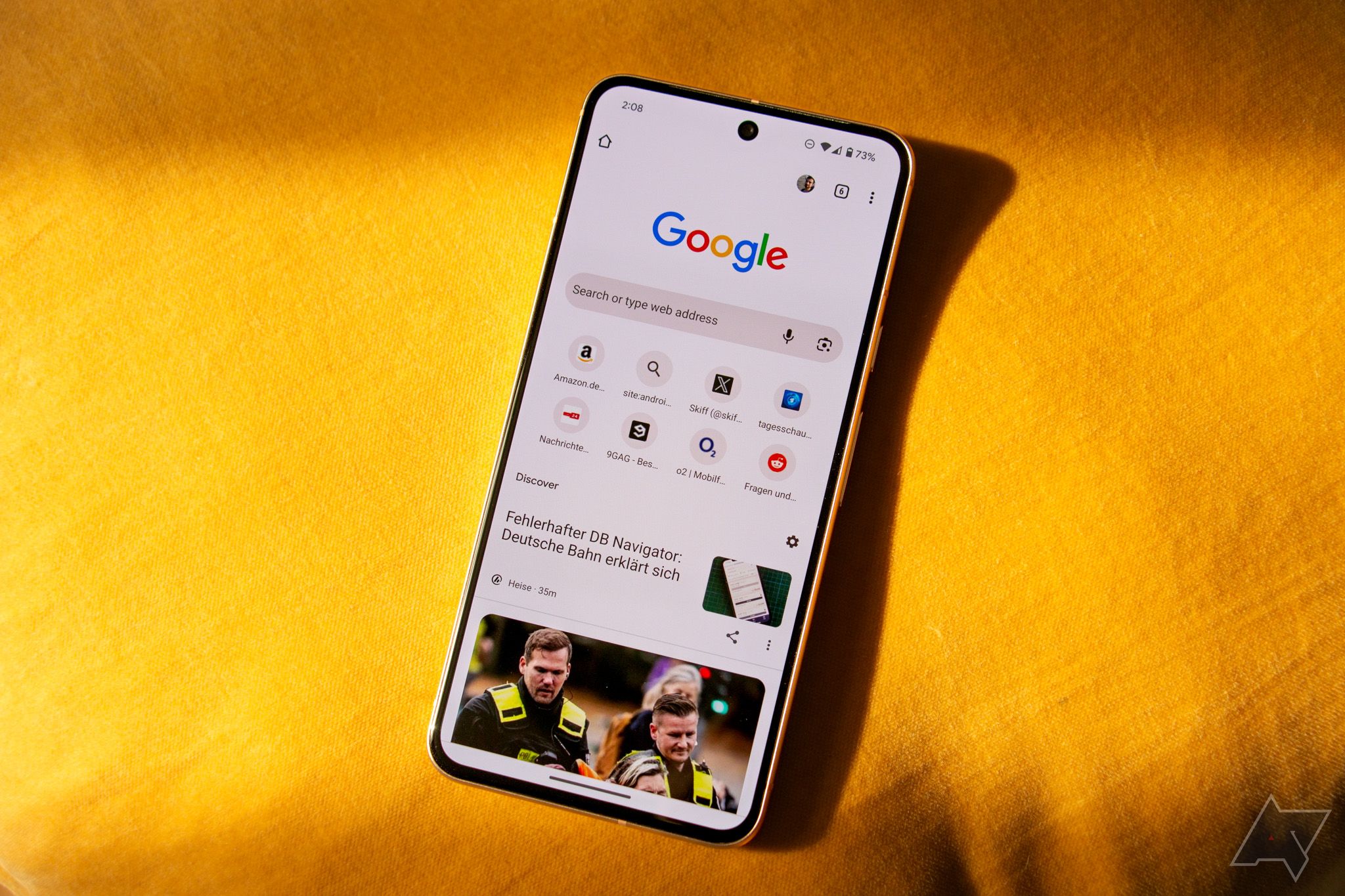Summary
- Chrome for Android now supports non-Google password managers to fill in passwords, improving user experience and personalization options.
- A hidden setting in Chrome allows users to choose their system-wide password manager for autofill, reducing reliance on Google’s manager.
- While the feature is available on stable, Beta, and Canary versions, some work is still needed as users are not yet prompted to save new passwords.
There are so many excellent browsers for Android that sticking with the default might be doing yourself a disservice. Google Chrome comes pre-installed on all phones that ship with the Play Store, but with major competitors like Firefox opening up extension support and others with anti-tracking features, people who roll with the default are seeing new incentives to switch. Chrome’s lack of support for non-Google password managers is another reason you may have been looking to make the jump, but a new hidden setting could level the playing field on this front.

What’s new in Chrome 123: Android-style media player on desktop
Chrome 123 is working hard on feature parity across desktop and Android
After spotting the feature in development last November, browser expert Leopeva64 on Twitter/X pointed out that Chrome’s new setting to use your system-wide Android password manager to populate credentials is now functional, meaning you no longer have to use Google’s password manager to fill in passwords on Chrome.
Non-Google password managers get new support in Chrome for Android
The feature is available on Chrome stable, Beta, and Canary, but you need to enable a flag at chrome://flags/#enable-autofill-virtual-view-structure to get the setting for it to show up. Once you’ve done that, head to Chrome Settings → Autofill options, then choose “Use other providers,” and Chrome will default to the system-wide password manager you’ve chosen under Android Settings → Passwords & accounts → Passwords, passkeys, and data services.
In our testing, we were able to get Chrome to populate passwords from a non-Google password manager, and the process was the same as what’s shown in the embedded tweet above. But we weren’t prompted to save a new password when entering one, despite having this new option enabled. So it appears there is still some work to be done, which would explain why the setting remains hidden behind an experimental flag for now.




